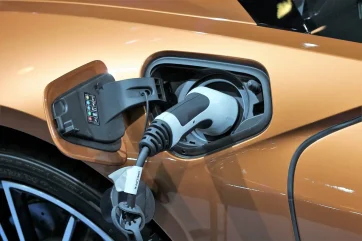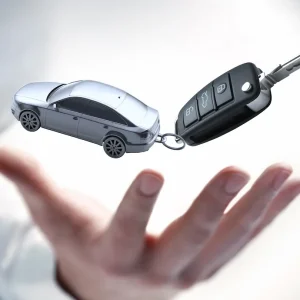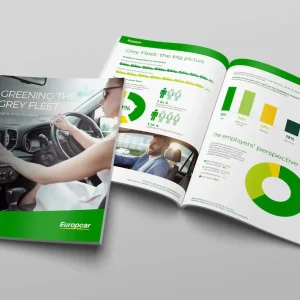
A long story, but I’ll try and keep it short. School holidays over, summer over, if there ever was a summer this year. I got a phone call from one of our drivers, who has one of only a couple of electric cars on our not-very-large fleet. He’d just got back from the sun in Spain, and he’d left the car on his drive for nearly two weeks. Anyway, the key wouldn’t unlock the doors, in fact, nothing happened, as it was as flat as a pancake!
We are fortunately covered for breakdowns, so he called the breakdown assistance company and within two hours a patrolman turned up.
Said patrolman managed to get into the car by removing a small cover on the door handle and using the hidden key in the key fob. He said he knew what the problem was immediately, as his company were being called out numerous times for the same problem. Our driver told him he thought he still had at least 150 miles of range, but the patrolman said it had nothing to do with that battery. No, it was the small 12V battery that fires up all the systems that was flat, and with that being flat – nothing would work. He then connected a small ‘jump-pack’, and the dashboard lights all appeared, and it was good to go. Problem solved he thought, but a little while later he got a text saying that charges would apply if he called them out for the same problem!”
Well, the same problem occurred the next day, as the 12V battery was again flat. So, he called the breakdown company again, only to be told that because it was fixed once, they couldn’t attend again – unless he paid. That’s when he called me. I suggested he try to borrow a jump pack, he managed that and remembered what to do. It worked, and his car fired up, he was very pleased.
But what happens if it goes flat again, as I believe this is a common fault with what is known as the battery ‘Bricking’, and no, I had never heard this word before in this context! Maybe EV drivers need a jump pack in their vehicles, just in case – but is it safe to ‘jump-start’ a battery, and could it do any damage, I really don’t know.
You may remember last month me telling you about one of our drivers who received a Notice of Intended Prosecution for exceeding the speed limit, but this was on a road they have never been on, and could prove from the worksheet they were nowhere near Well, it has now been sorted and after appealing, they received a letter that says, and I quote “with reference to your road traffic offence – exceeding 30mph on a restricted road in England. We acknowledge receipt of your recent correspondence, the contents of which have been noted. Enquiries have been made regarding this matter, and it appears a clerical error has been made. Please accept our apologies for any inconvenience caused. Signed Unit Head, Prosecutions and Casualty Prevention Unit.”
What we think has happened, is the driver was actually speeding – but on a different road! We think the clerical error was simply missing off a ‘9’ on the road number! Our driver had been on the A519, but the notice of Intended Prosecutions said it was the A51 – missing the 9 off the end. I’d say they had a lucky escape there, but shouldn’t have been over the speed limit anywhere – I did have a quiet word with our driver!
Supported by:






